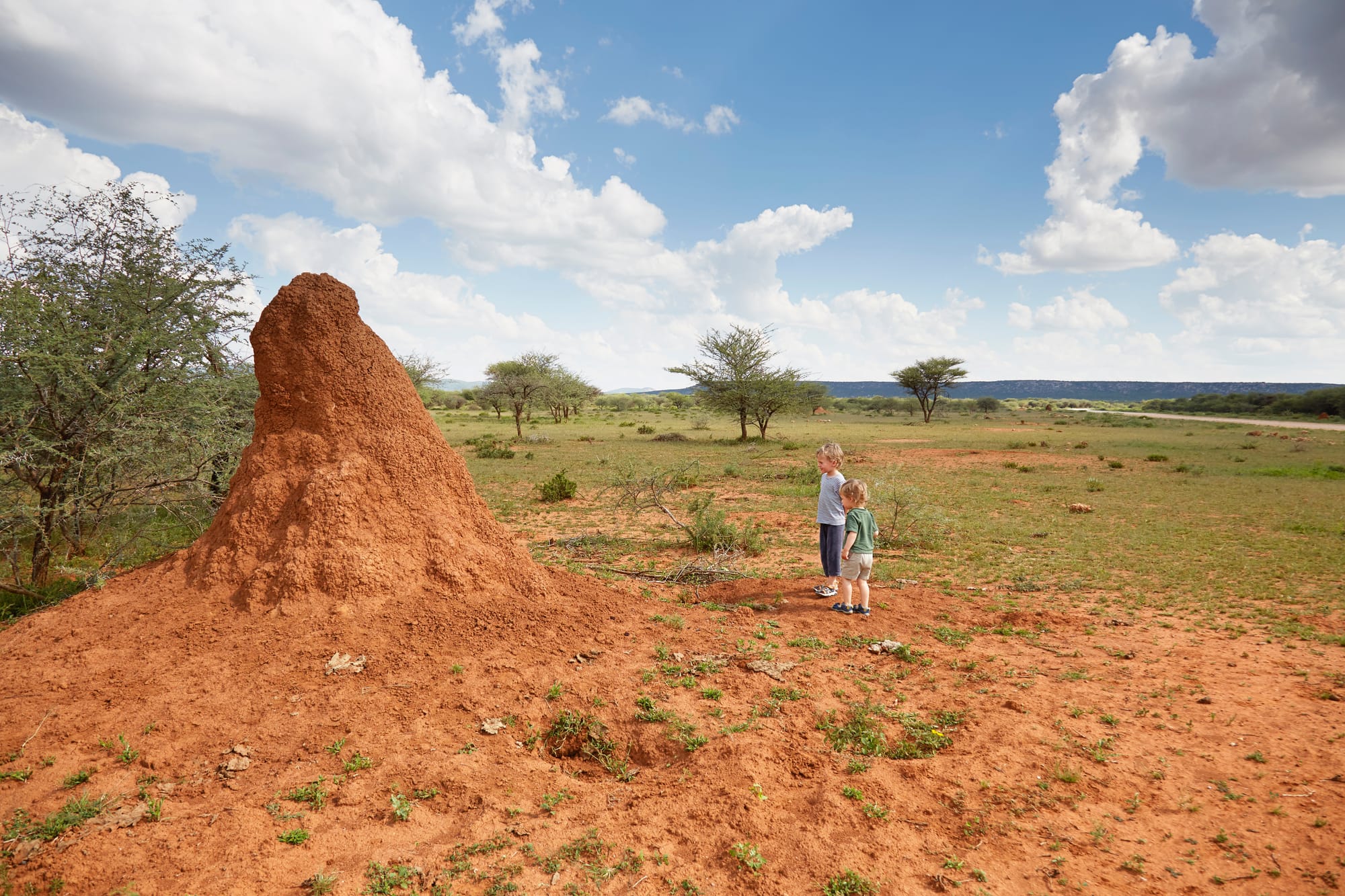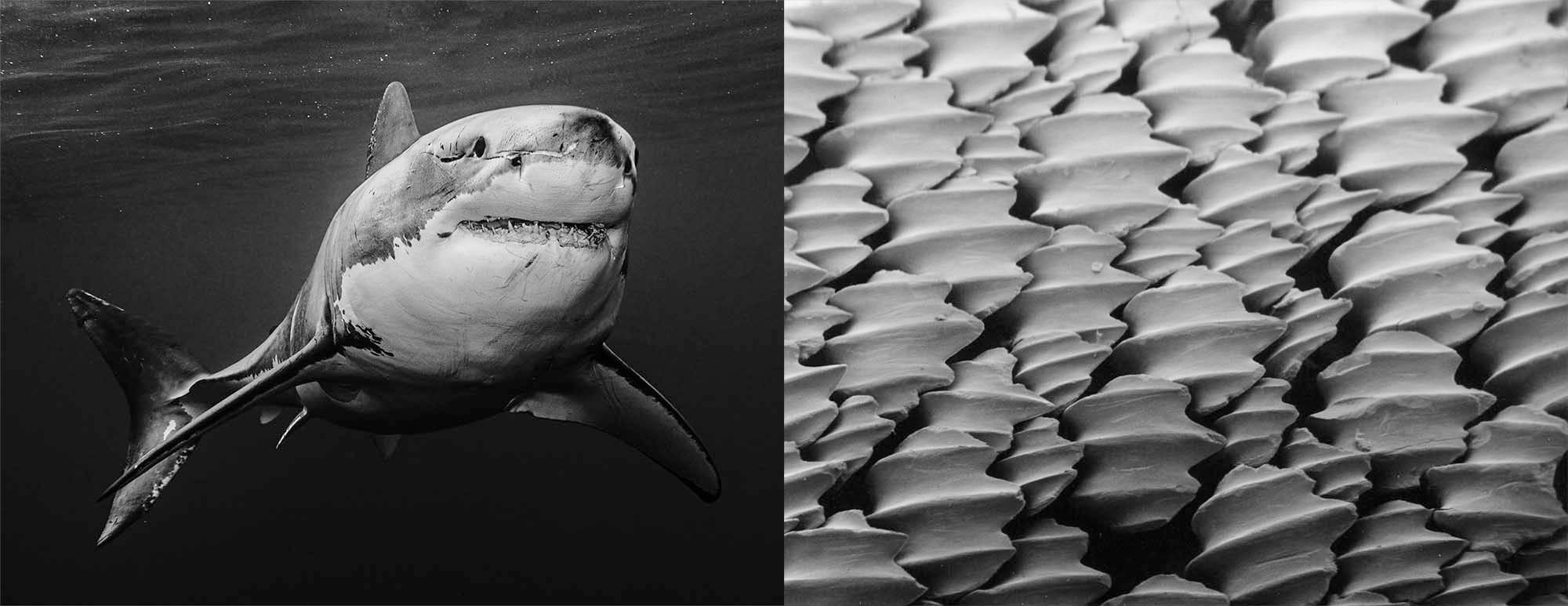This is the best description I’ve heard of biomimicry and, unsurprisingly, it comes from Janine Benyus who coined the term. Having attended my first biomimicry immersion in the Atlantic Rainforest of Brazil recently, I couldn't agree more! Here’s why. . .
Reflect on the fact that life has been on Earth for 3.8 BILLION years.
Now consider the accumulated learning required for plant and animal life to evolve and survive over that extended period To create conditions conducive to life, nature is constantly problem solving, recycling, innovating and adapting. To quote Benyus again, “we are surrounded by geniuses.”

For context, dinosaurs lived 350 million years ago. They died 70 million years ago. In the case of Homo sapiens, known remains only date back 300,000 years. That means humans have been around for less than one percent of the time of all life on Earth (.008 percent to be precise.) Biomimicry 3.8 has helpful illustrations compressing the age of planet Earth into a twelve month calendar year. In relative terms, humans have been present for 30 seconds!
Reflect on that timespan for a moment and humility should follow. Humans are a very young species.
There are 30 million other species on the planet today. Together we represent less than one percent of all the species that have lived since life first appeared on Earth. The next logical conclusion to draw is that we have a lot to learn from nature’s 3.8 billion years of biological intelligence.

If widely adopted, this simple reframing to learn from nature could transform human relationships with the natural world. Indigenous communities have known and practiced this all along. But for colonial and settler societies that have largely viewed nature as an extractive resource, this would be a profound recasting of their connection with more than the human world.
For anyone still saying, bio what? Listen to our first episode of Nature Is with Nicole Miller, Managing Director of Biomimicry 3.8 in Missoula, Montana.
Nicole draws on years of expertise and provides accessible illustrations - from ways people can relate to biomimicry in their daily lives, to when our separation from nature began, to business integration of these principles into nature-positive journeys. It’s an excellent onramp for the biomimicry-curious!
Special thanks to my dear friend for lending her beautiful red dining room in Brussels for the filming of our first episode while I was ‘on the road.’
In hindsight, the backdrop is fitting. Crimson and scarlet hues in nature often signal important messages. With the launch of Nature Is, I hope that’s what we’ll bring to the listeners in the form of perspectives, inspiring action and solutions.
References from the podcast, and broader inspiration:













